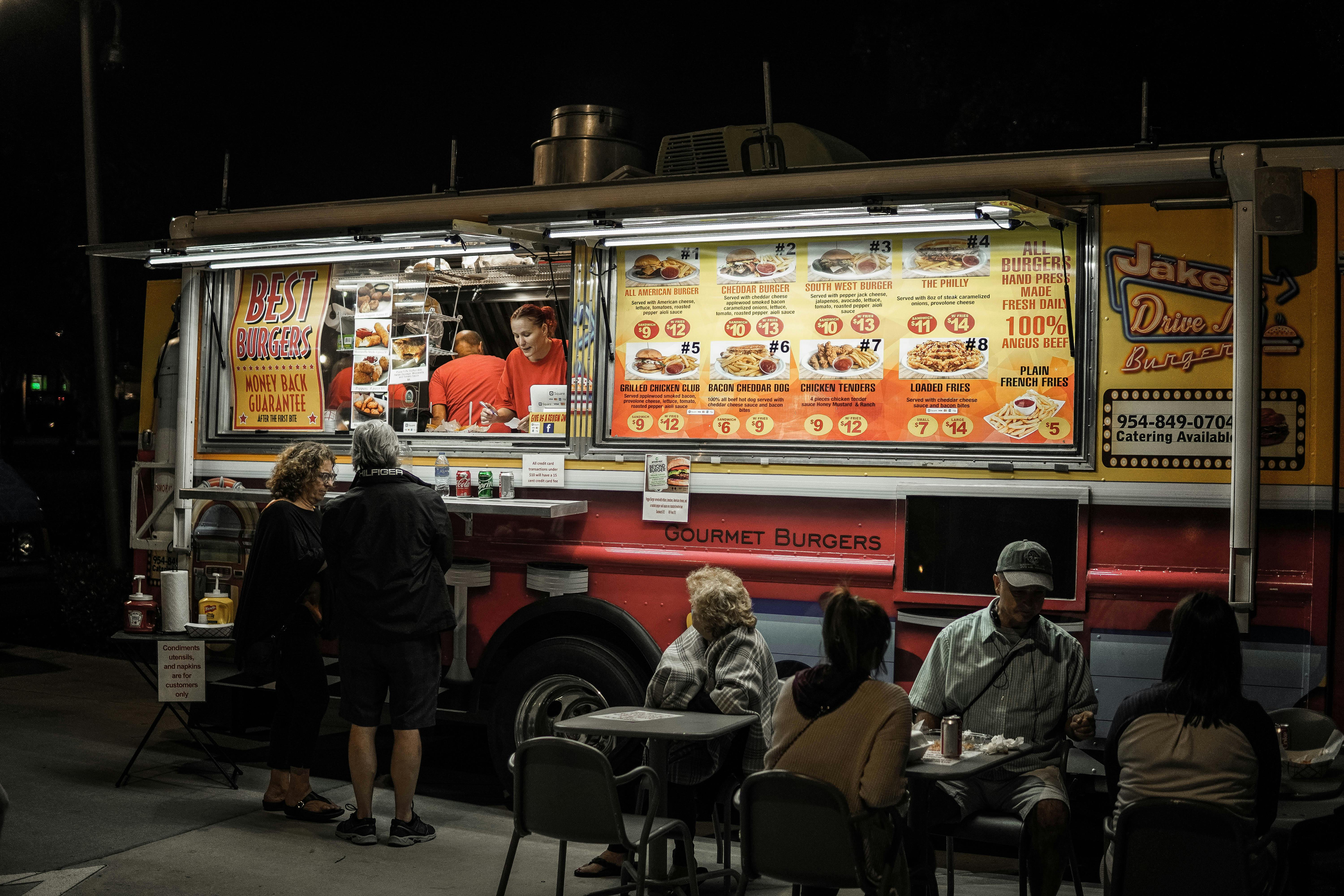Mobile Convenience Stores
Mobile Convenience Stores: The Future of Convenient Shopping

Image Source: Unsplash
In today’s fast-paced world, convenience is key. People are constantly looking for ways to make their lives easier and more efficient. One emerging trend that is revolutionizing the retail industry is the concept of mobile convenience stores. These innovative businesses bring the convenience store experience directly to customers, eliminating the need for traditional brick-and-mortar locations. From retrofitted buses to shipping containers and pushcarts, mobile convenience stores are taking convenience to a whole new level.
The Rise of Mobile Convenience Stores
The concept of mobile convenience stores is gaining momentum as a way to combat food deserts and provide essential goods to underserved communities. Food deserts, defined as areas with limited access to grocery stores and healthy retail outlets, disproportionately affect low-income neighborhoods. Mobile grocery units have emerged as a solution to bring fresh and affordable food options to these areas, bridging the gap and improving food accessibility.
Mobile convenience stores come in various forms, each designed to cater to the specific needs of the community they serve. Retrofitted buses, shipping containers, 18-wheeler trucks, and pushcarts are all being transformed into mobile retail spaces, offering a wide range of products from groceries to snacks, beverages, and household essentials. These mobile units operate on the premise of convenience, bringing the store directly to the customers’ doorsteps.
The Benefits of Mobile Convenience Stores
Mobile convenience stores offer numerous benefits, making them an attractive option for both business owners and customers. Let’s explore some of these advantages:
Equity
Mobile convenience stores play a crucial role in addressing food disparities in low-income neighborhoods. By operating in these areas, mobile units ensure that residents have access to fresh and healthy foods, which can have a positive impact on their overall health and well-being. Increased access to nutritious options has been linked to lower rates of obesity and diabetes, as well as improved educational outcomes.
Economic
Bringing a mobile convenience store to a neighborhood not only provides residents with essential goods but also saves them time and money. Families no longer have to travel long distances to reach a grocery store, reducing transportation costs and allowing for more efficient shopping. Additionally, mobile convenience stores often circulate revenue within the local economy, as they are often run by local organizations or community members.
Social
Mobile convenience stores can act as catalysts for community development and investment. By bringing a mobile unit to a neighborhood, additional businesses may be encouraged to set up shop, creating a vibrant and thriving local economy. The presence of a mobile convenience store can also foster a sense of community, as residents gather and interact while shopping for their daily needs.
Overcoming Barriers to Implementation
While mobile convenience offer numerous benefits, there are some challenges to consider when implementing a mobile retail business. These barriers include:
Institutional
Traditional zoning ordinances may restrict the operation of mobile stores, requiring changes to regulations to accommodate this new business model. Additionally, ensuring that the food provided is not only accessible but also affordable and culturally appropriate for the community requires community involvement and collaboration.
Financial
While mobile stores may require lower initial investment compared to traditional storefronts, they still require significant funding to start and operate. Seeking grants and other sources of funding is crucial, but it is equally important to develop a sustainable financial model to ensure the long-term success of the business.
Political
The presence of convenience stores may face opposition from retail chains concerned about increased competition. Overcoming these political challenges requires advocating for the benefits of mobile units and highlighting their role in addressing food deserts and improving community well-being.
Case Study: The Twin Cities Mobile Market
One successful example of a mobile convenience store is the Twin Cities Mobile Market in Minneapolis-St. Paul, Minnesota. Launched in 2014, the Mobile Market is a project of the Amherst H. Wilder Foundation, aimed at increasing community health and addressing food disparities. The Mobile Market operates out of a retrofitted bus and provides fresh fruits, vegetables, and other grocery items at affordable prices.
The Twin Cities Mobile Market has gained recognition for its innovative approach and impact on the community. By partnering with bulk wholesalers, the Mobile Market is able to offer lower prices than traditional retail stores. The project has raised funds through various sources, including grants, donations, and crowdfunding campaigns. The goal is to break even within five years and continue expanding their services.
Conclusion
Mobile convenience stores are redefining convenience and accessibility in the retail industry. By bringing essential goods directly to underserved communities, these innovative businesses are addressing food deserts and improving the overall well-being of residents. With their flexibility, lower barriers to entry, and ability to circulate revenue within the local economy, mobile convenience stores have the potential to reshape the way we shop and access essential goods.
As the demand for convenience continues to grow, mobile stores are well-positioned to meet the needs of today’s consumers. With their unique and flexible business models, mobile convenience stores offer a promising solution to improve access to essential goods and create thriving communities. Whether it’s a retrofitted bus, a shipping container, or a pushcart, these mobile units are paving the way for a more convenient and inclusive retail experience.



















